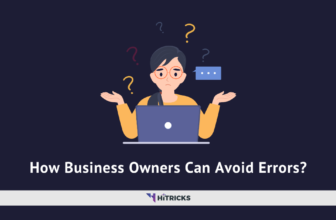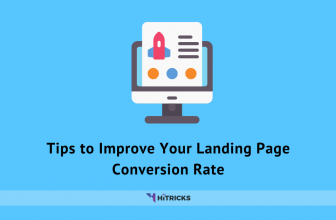Want to know about MVP software development?
Minimal Viable Product (MVP) is a concept in software development that refers to the earliest prototype of an end product with enough features that can satisfy early adopters and provide valuable feedback for further development. The goal of an MVP is to test a product hypothesis with the least amount of time and resources, allowing for faster iterations and reducing the risk of failure.
In today’s post, we will discuss mvp software development, its advantages, and how you can develop MVP software for your business.
What is MVP Software Development?
MVP development involves identifying the core features necessary for the product to solve a specific problem or meet a particular need. These core features are prioritized and built, while non-essential elements are deferred or omitted entirely. The focus is on delivering a minimum but a usable product that can be quickly tested in the market.
One of the critical benefits of MVP is that it allows startups and established companies to validate their ideas and make data-driven decisions. By launching an MVP, they can see how users interact with the product and gather valuable feedback, which can be used to improve and iterate on the product. This allows companies to save time and resources on features that may not be necessary or useful to their target audience.
MVP development requires a collaborative effort between developers, designers, and business stakeholders. The development team should clearly understand the business goals and target audience and work closely with the stakeholders to ensure that the MVP meets their needs. The development process should also be flexible, allowing changes to be made quickly in response to user feedback.
Advantages of MVP Software Development:
There are several advantages of MVP software development, including:
- Faster Time to Market: MVP development allows you to launch your product in the market faster, as it focuses on delivering the minimum necessary features. This helps you gain a competitive advantage and quickly test your product hypothesis.
- Reduced Development Costs: By focusing on the minimum necessary features, you can significantly reduce development costs and minimize the risk of wasting resources on features that may not be necessary or useful.
- Validated Product Hypothesis: MVP development allows you to validate your product hypothesis and make data-driven decisions based on customer feedback that you receive. This helps you ensure that the product meets the needs of your target audience and reduces the risk of failure.
- Improved User Experience: By testing your MVP with a small group of early adopters, you can ensure that you create a better user experience and increase customer satisfaction.
- Better Resource Allocation: MVP development helps you prioritize resources and focus on the most critical features first. This allows you to allocate resources more effectively and ensure that the product is delivered on time and within budget.
- Increased Flexibility: MVP development is a flexible process that allows changes to be made quickly in response to customer feedback. This helps you adapt to changing market conditions and improve the product based on customer needs.
How to do MVP Software Development for your Business?
Here are the steps to do MVP software development for your business:
Identify the Problem:
The first step is to identify the problem or need your product is meant to solve. This will help you understand the target audience and what they are looking for in a solution.
Define the Core Features:
The next step is to determine the minimum features necessary for the product to solve the identified problem. Prioritize these features based on their importance and urgency.
Conduct Market Research:
Do proper market research for your target audience to understand their needs, pain points, and expectations. This will help you validate your product hypothesis and ensure that the MVP meets their needs.
Build a Prototype:
Now you can create a prototype of your MVP to test your ideas and get feedback from potential customers. The prototype should include the core features and be functional enough to demonstrate how the product works.
Test and Validate:
Next, you can launch your MVP to a tiny group of potential early adopters and gather feedback on their experience. This will help you validate your product hypothesis and identify areas for improvement.
Iterate and Improve:
Based on the feedback received, make changes to the MVP and improve the product. Repeat the testing and validation process until you have a product that meets the needs of your target audience.
Launch:
When you have a minimum viable product validated and improved based on customer feedback, you can finally launch it to a broader audience.
It is prudent to remember that MVP development is a continuous process of testing, iterating, and improving. The goal is to validate the product hypothesis and ensure that the product meets the needs of the target audience. Following these steps, you can effectively develop an MVP for your business and create a successful outcome.
Last Words:
That’s all about MVP software development. With a collaborative effort between developers, designers, and business stakeholders, MVP development can lead to the creation of successful products that meet the needs of their target audience. Thank you for reading. If you have further queries, drop a comment below. I will be happy to help. Keep visiting HiTricks.
Nirmal Sarkar is a Biotechnologist from the city of Joy, Kolkata. He is the founder of this blog and covers a wide range of topics from Gadgets to Software to Latest Offers. You can get in touch with him via nirmal@hitricks.com







